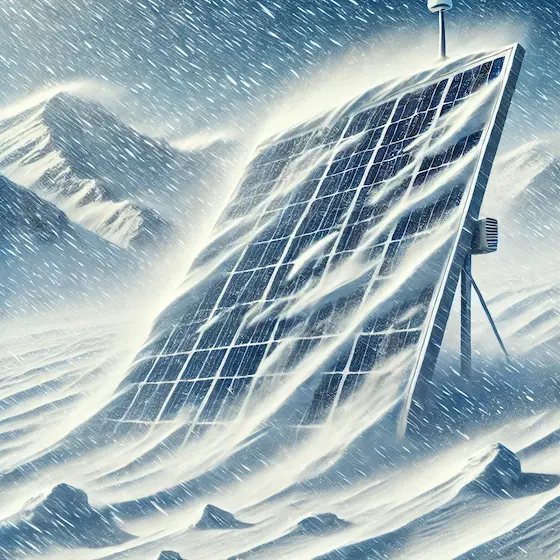New nuclear and gas plants aim to keep the current import-export balance
New nuclear and gas
New nuclear and gas plants keep import levels relatively constant
Stepwise expansion of Gas
Gas power plants are added in years when existing nuclear plants decomission
Small nuclear starting 2040
Starting 2040 small nuclear reactors of 400 MW are added
Imports constant
Scenario first results in stable winter imports. After 2040 they start declining
Limited PV build-out
Comparably small build-out of rooftop PV: 500 MW per year
Energy Mix Winter
Production
Demand
Production
2025
Total generation 31.1 TWh
2050
Total generation 37.9 TWh
Demand
2025
Total demand 36.1 TWh
2050
Total demand 42 TWh
2050 Winter
Transition Winter
The energy mix as we transition to 2050
Demand
Import
Import atget exceeded
PV
Wind
Hydro
Biomass
Gas
Nuclear
Fossil
2025 Winter
TWh
Demand
36.1
Generation
31
Deficit
--
Import 5
Import
5
Import atget exceeded
--
Generation
31
Storage reserve used
--
PV 1.6
PV Roof
1.6
PV Alpine
--
PV Ground
--
Wind
0.1
Hydro 15
Run-of-River
6.3
Storage
8.7
Biomass 1.2
Biomass
1.2
CCS Biomass
--
Gas --
Market-Gas
--
Reserve gas power plants
--
Geothermal
--
Nuclear 12.2
Nuclear
12.2
New nuclear
--
Fossil 0.9
Existing fossil fuel power plants
0.9
CCS Fossil Fuels
--
Hard coal
--
Challenges
Import target exceeded
The energy law sets a non-binding 5 TWh import target, which will be exceeded in 2026 - 2041.
Public opinion
Public opinion needs to accept new nuclear plants
Based on availability of new nuclear in 2040
Earliest possible addition of nuclear in PowerSwitcher is 2040. That is an ambituous timetable
Lowering PV build-out
PV build-out is lower than current reality. It would have to be (actively?) lowered
How Resilient Is This Scenario? Put It to the Test!
The scenario above assumes normal weather and stable energy imports, but what happens when extreme conditions hit? A harsh winter or import limitations from the EU could impact production, increase demand, and even lead to power shortages. Stress-test your scenario under these challenging conditions and see how it holds up in the face of real-world uncertainties.

Costs
Total Costs, Revenues and Subsidies in CHF until 2050.
Total production costs
203 billion
Accumulated until 2050
Revenues
187 billion
Assuming an average power price of 75 CHF/MWn
Subsidies required
19 billion
Remaining costs not covered by revenues
Average cost
7.2 billion / year
The annual average of the total cost, 7.2 bn CHF per year, is less than 1% of the (estimated) Swiss GDP in 2024 (825 bn. CHF).
Levelized cost
We use Levelized costs of electricity (LCOE). Future costs may rise as cheaper plants are replaced. High demand and costly technologies like rooftop PV can further increase costs. See Expert Mode for details on technology costs.
2020s
2030s
2040s
Levelized cost (LCOE) ⌀ CHF/MWh
About the scenario developer

Christian Wasserfallen (FDP)
Christian Wasserfallen, a member of the Swiss Free Democratic Party (FDP), is known for his pro-business stance on energy policy. He supports market-based solutions and technological innovation to meet Switzerland’s energy needs while ensuring economic competitiveness.
Want to know more about this scenario?
Explore detailed energy data, customize generation parameters, and create your own energy
scenario with the expert mode
Show in expert mode We want your feedback!
We’re excited to be taking Power Switcher in a new direction and would love your feedback! Let us know what’s working and where we can improve, every suggestion helps us make the tool better for you.
Share feedback Got questions about the Power Switcher or the Scenarios?
Contact us on [email protected]
Contact us on [email protected]
Methodology reviewed by ETH Zürich
